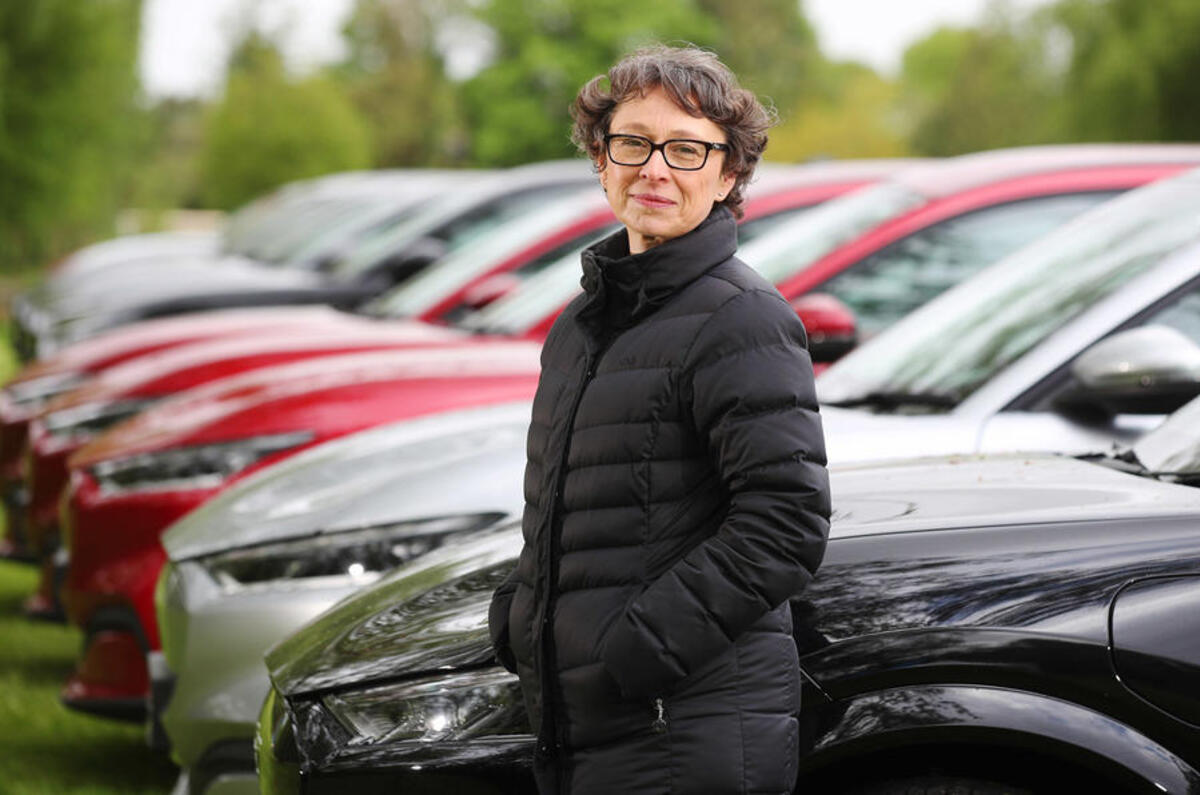2021 saw the end of Ford’s 43-year reign as the UK’s leading car brand. It took over the number one spot in 1977 as British Leyland crumbled, and despite occasionally bullish promises from Vauxhall, it was never really threatened by its Luton rival. Indeed, a decade ago, the-then Ford MD said privately, “I have told my team to stop worrying about Vauxhall. It is Volkswagen we need to watch.”
Those words turned out to be prophetic. VW outsold Ford in the early part of 2020, and in 2021 Wolfsburg pulled out a big lead. So how did VW manage to grow its UK presence? Strangely, VW has not actually grown its share at all: in 2011, it took 9.2% of the market and was in third place, and in 2021, it has taken…9.0% of the market and is market leader. VW has a unique position in the UK as a semi-premium brand, enabling it to withstand the rise of the premium brands (Audi, BMW and Mercedes) above it, and the Koreans (Hyundai and Kia) below it. Effectively, it has stood still, while its major rivals from 10 years ago have gone backwards.















Join the debate
Add your comment
If the success of Tesla is anything to go by, inspiring leadership is key to success. Somehow how I don't think Lisa Brankin and Elon Musk are cut from the same cloth - well, unless Elon stays up all night watching Last of the Summer Wine.
The Kuga needs a fettle too.
The public just no longer find Ford inspiring or an automatic first choice. Or even a choice at all.
And there is no shame in giving Vauxhall some credit for having the top selling car. Another thing this magazine doesn't like to do, it would seem.